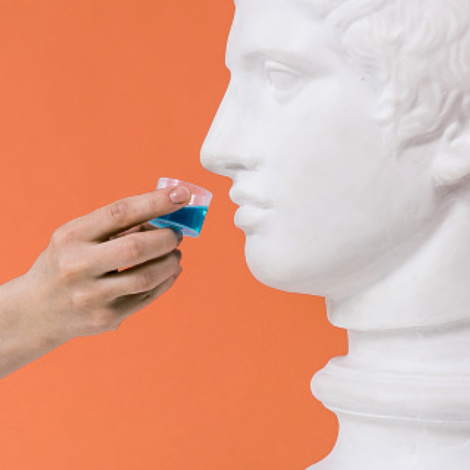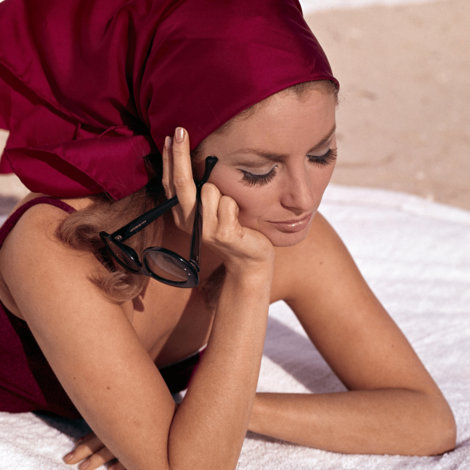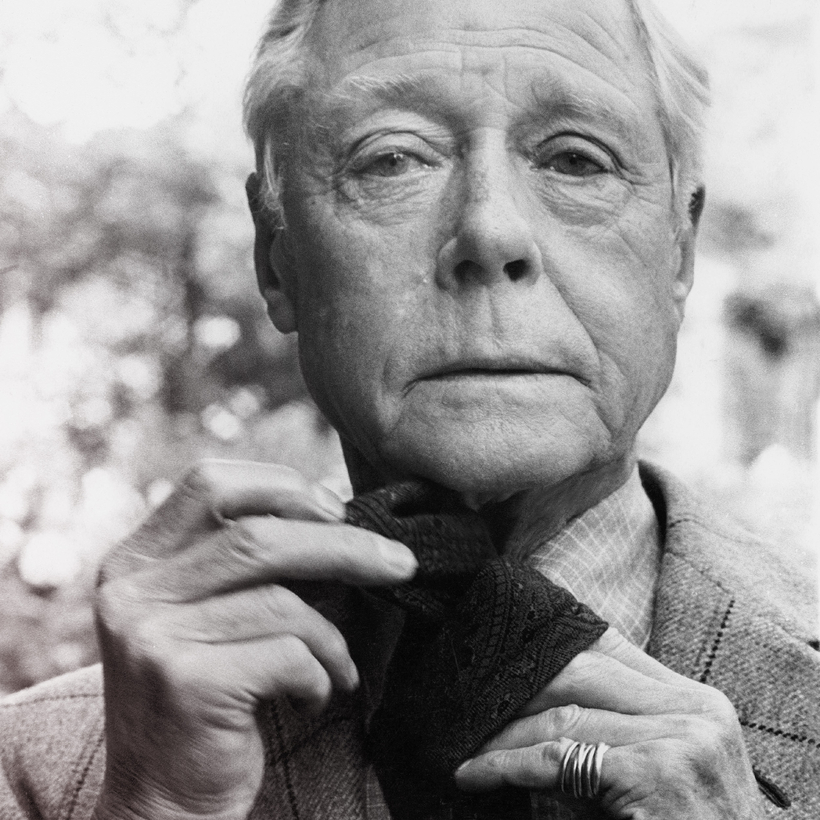He smelled like gin, jasmine, Savile Row suits, the scuff of leather soles on a polished ballroom floor—I fell head over heels in love. With the scent, not the man who inspired it.
I was told it had been created for The Duke of Windsor in the 1930s, and if you could bottle elegant, somewhat wistful decadence, this was it. When I received a tiny sample from Creed, I stashed it away like Gollum hiding his ring, sniffing it occasionally and with great ceremony whenever I wished to be transported elsewhere in space or time. I eventually lost it in the chaos of an apartment move and was bereft.
That precious perfume? Royal Mayfair, a 2015 reimagining of Windsor, first introduced as a limited edition in 2009. Whereas Windsor’s origin story was traced directly to the Duke—specifically to a fragrance he wore during his short-lived reign as King Edward VIII in 1936—Creed subsequently distanced itself from that narrative.
When Royal Mayfair was introduced yet again (joy!) in 2024, it was marketed as an homage to Mayfair, “one of London’s most sophisticated neighborhoods.” I’m guessing it’s more aspirational to smell like a place where rich people shop than like an abdicator with a reputation as a probable Nazi sympathizer—no matter how dapper he may have been.
It’s hard to say how much Royal Mayfair may have changed over the years, especially from the O.G. scent that wafted from the sad-eyed Duke back in the day, though according the whiff-sleuths on Fragrantica (the Wikipedia of scent), Windsor had extra-fresh green notes and a dominant dose of rose. To my nose, the new Royal Mayfair is more citrus-forward than the sample I savored, and its wallop of tuberose is amplified. But it has precisely the same effect on me.
Much of how we perceive a fragrance is based on what we’re told about it, and because scent language is so limited, creators rely on stories to make perfumes sing. If a scent is compared to a French pastry or an Indian temple draped in flowers, that’s what you tend to picture when you smell it. Without that context, you may still appreciate the fragrance, but it will miss some magic. And although Royal Mayfair’s plot has shifted, it will always strike me as a portal to a distant, more glamorous past.
It is a supremely gorgeous fragrance. There’s a touch of cool eucalyptus and zingy bergamot at the top that gives it a bracing G&T-like opening (who wouldn’t want to begin there?) before it unfurls into a voluptuous bouquet of tuberose, rose, and jasmine, settling down eventually into a faintly cedar-tinged veil of musk. Royal Mayfair’s recipe hails from a time when debonair men wore florals with a flourish, and it is the antithesis of athleisure.
But more than that: It is a springtime of the heart, a winter-killer, an aromatic encapsulation of dancing light. And this, more than anything, is why I think it’s important.
Royal Mayfair, or at least some version of it, was born when World War II was looming, and it must have smelled then, as it does now, like a dash of beauty in a world gone mad. When the news cycle ripples with chaos, confusion, and anxiety, there’s incredible value in those small things—a painting, a flower, a bird, a bagel, a perfume—that stun you with their quiet perfection. It’s not just about escape or distraction, but about giving in to an immersive moment of joy.
I don’t know about you, but so far in 2025, I’ve felt the need to tap into this near-miraculous power of scent more than ever before. Royal Mayfair does that for me, no matter what its story may be. It’s $570 a bottle, yikes. And I’m spraying it on like a marinade.
April Long is a New York–based writer and contributing beauty editor at Town & Country





